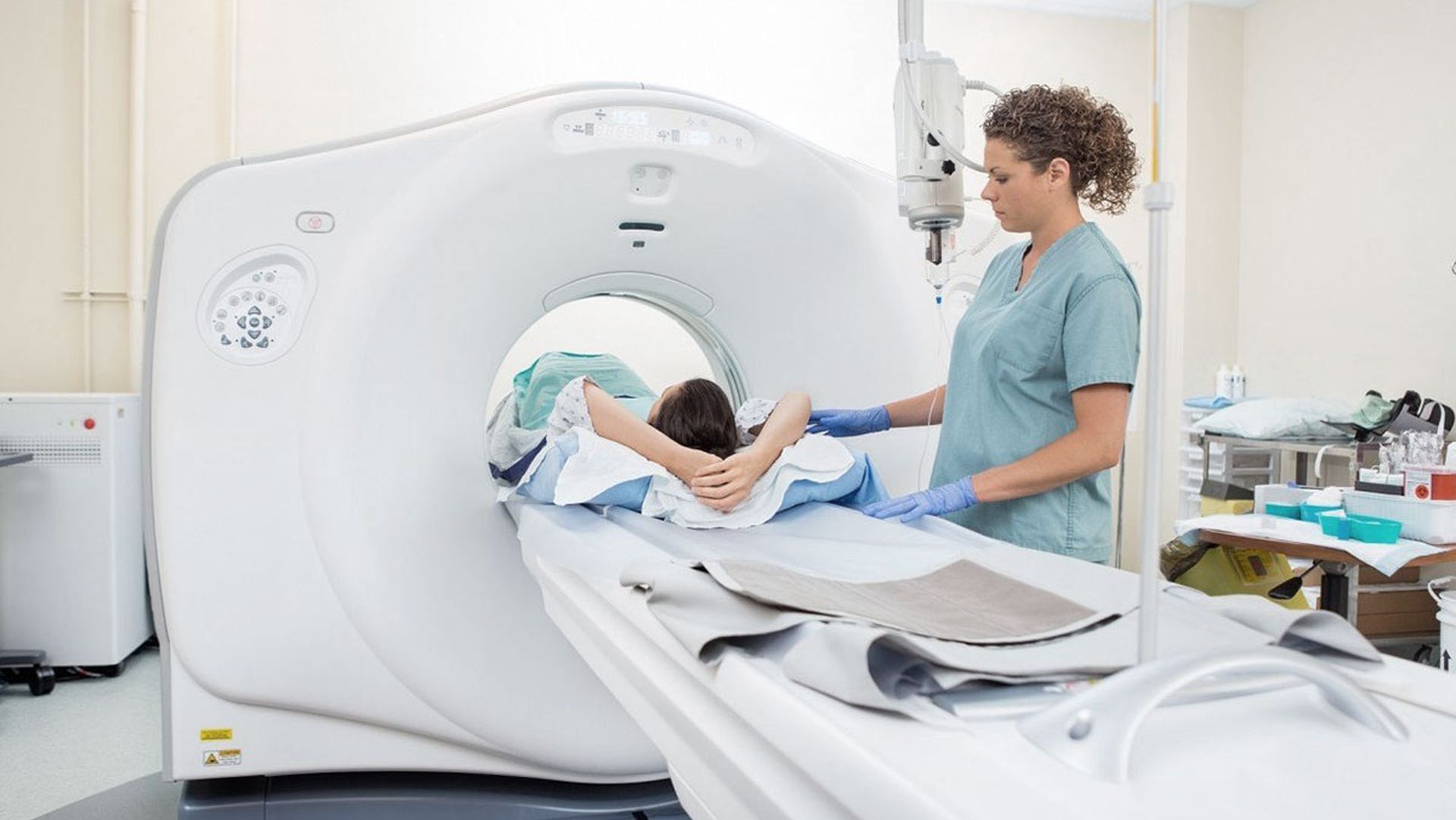In the diagnosis of obstructive coronary artery disease (CAD), computed tomography (CT) is an accurate, noninvasive alternative to invasive coronary angiography (ICA).
However, the comparative effectiveness of CT and ICA in the management of CAD to reduce the frequency of major adverse cardiovascular events is uncertain.
Investigators from the DISCHARGE trial group have recently reported in NEJM that the risk of major adverse cardiovascular events (MACE) is similar in the CT group and the ICA group whereas the frequency of major procedure-related complications was lower with an initial CT strategy.
Over the past 20 years, coronary computed tomographic angiography (CCTA) has emerged as another noninvasive method for diagnosing obstructive CAD.
Among patients with intermediate or high pretest probability of obstructive CAD, CCTA has been found to have a sensitivity, specificity, positive predictive value, and negative predictive value for identifying obstructive CAD of 0.92, 0.75, 0.84, and 0.87, respectively.
CCTA has therefore become the preferred imaging approach for the assessment of patients with stable chest pain, especially in those with an intermediate pretest probability of obstructive CAD.
The pragmatic randomised DISCHARGE trial compared CCTA as compared with angiography as an initial diagnostic imaging strategy in 3561 patients with stable chest pain and an intermediate pretest probability of obstructive CAD.
The primary outcome was major adverse cardiovascular events (cardiovascular death,
nonfatal myocardial infarction, or nonfatal stroke) over 3.5 years.
Key secondary outcomes were procedure-related complications and angina pectoris. The authors found no material difference between CCTA and angiography in the incidence of the primary composite outcome of cardiovascular death, nonfatal myocardial infarction, or nonfatal stroke during 3.5 years of follow-up.
What do these results suggest?
“This result is probably a consequence of the lack of effect of revascularization on cardiovascular events among most patients with stable angina and the limited number
of those with high-risk anatomy who would benefit from revascularization in the trial
(13.9% in the CCTA group and 11.2% in the angiography group)”, notes Joseph
Loscalzo, M.D., Ph.D. in an accompanying editorial.
In addition, CCTA was performed significantly earlier than angiography (3 days vs. 12 days after enrollment), which may have led to earlier revascularization and a better outcome in patients whose anatomy would benefit from it.
Earlier, in both PROMISE and SCOT-HEART trials, it was found that CT was as good as or better than functional testing as a preliminary evaluation before possible ICA.
“Our trial confirmed the safety of a CT-first strategy and showed results that were similar to those with ICA. Computed Tomography identifies covert CAD, which may be of greatest value in patients with atypical symptoms”, note the authors.
To summarise, among patients referred for ICA because of stable chest pain and intermediate pretest probability of CAD, the risk of MACE was similar in the CT group and the ICA group.
The frequency of major procedure-related complications was lower with an initial CT strategy.






